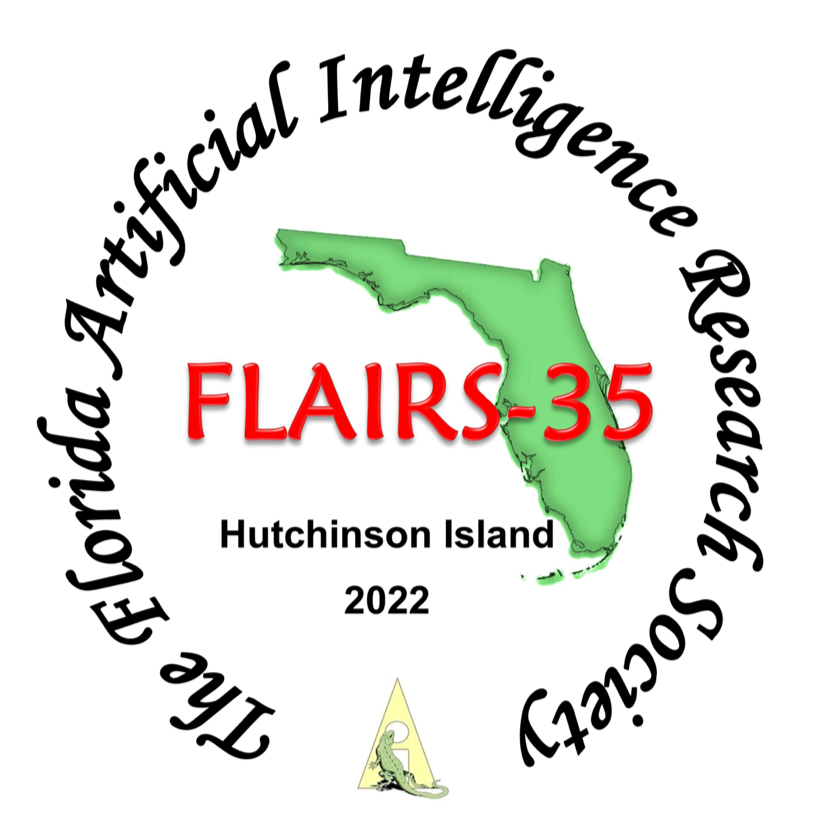Pedestrian Traffic Prediction using Deep Learning
DOI:
https://doi.org/10.32473/flairs.v35i.130731Palabras clave:
Deep Learning, Pedestrian Traffic Prediction, CNN, LSTM, Timeseries ForecastingResumen
Pedestrian traffic information offers useful insights when developing or maintaining a business.
This research combines image processing and machine learning methods to predict
pedestrian traffic flowrate and density for up to two days into the future, based on weather
data, calendar data, and special events. To obtain the traffic flowrate and density, we first
developed a neural network model to predict the number of new people and the total number
of people in each sequence of images captured by a Nova Scotia Webcams camera. These
counts of people are used to calculate the pedestrian traffic flowrate and density labels for
hourly intervals. These labels are then combined with hourly weather data, calendar data,
and special event data from the same period to train a recurrent neural network to predict
the traffic flowrate and density for up to two days in advance.
We try two different approaches, CNN-LSTM and dual input CNN to predict the number
of new people and the total number of people from the images and compare how well each
approach performs. The results show that the dual image input CNN models are more
effective at predicting the number of new people and the total number of people than the CNN
- LSTM models. Tested on independent test sets of images using K-fold cross-validation, the
MTL CNN model achieved a test accuracy of 72% for the number of new people and 78%
accuracy for the total number of people.
Descargas
Publicado
Cómo citar
Número
Sección
Licencia
Derechos de autor 2022 Riddhi Joshi, Daniel Silver

Esta obra está bajo una licencia internacional Creative Commons Atribución-NoComercial 4.0.


